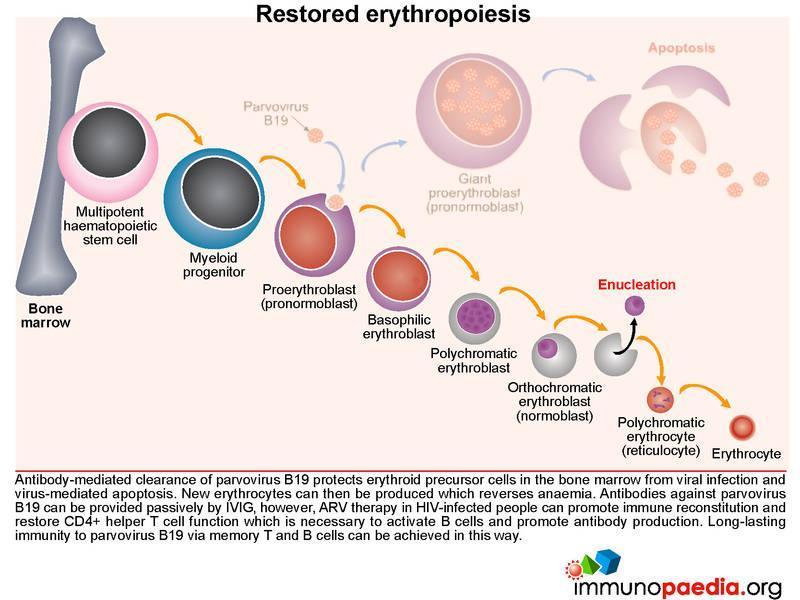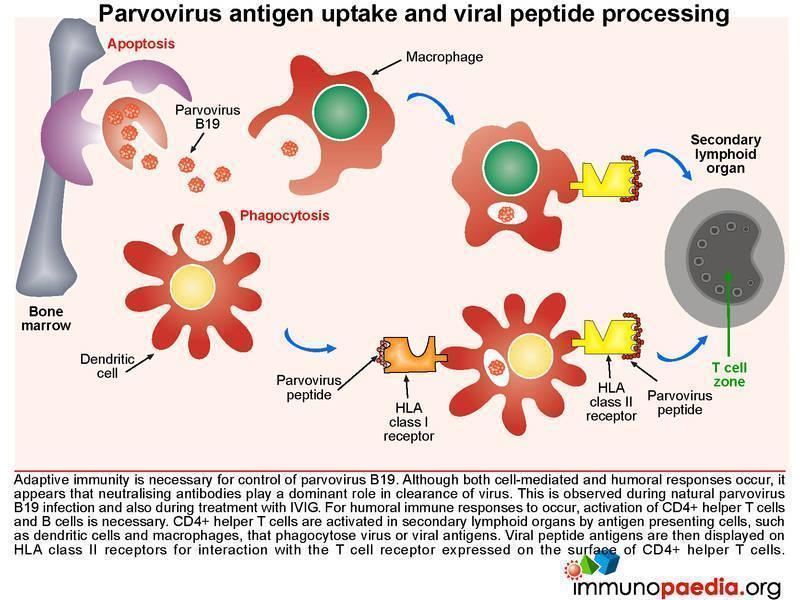Parvovirus infection, commonly referred to as “parvo,” is a highly contagious viral illness that primarily affects dogs but can also impact humans and other animals. Known for its severe symptoms and rapid progression, this condition demands immediate attention and proper care. Understanding the causes, recognizing the symptoms, obtaining an accurate diagnosis, and following appropriate treatment protocols are essential steps in managing this disease effectively.

What Causes Parvovirus Infection?
The causative agent of parvovirus infection is a small, single-stranded DNA virus. This virus is incredibly resilient and can survive in the environment for months, making it difficult to eradicate. It spreads through direct contact with infected animals or exposure to contaminated feces, objects, or surfaces. The virus thrives in areas where dogs congregate, such as kennels, dog parks, and pet stores.
Transmission Pathways
- Fecal-Oral Route: The most common mode of transmission occurs when a healthy dog comes into contact with feces from an infected animal. This can happen directly or indirectly through contaminated surfaces like food bowls, toys, or shoes.
- Environmental Contamination: The virus can persist on surfaces, soil, and clothing, posing a risk even in the absence of direct contact with an infected dog.
- Maternal Transmission: Puppies can contract the virus from their mother if she is infected during pregnancy or shortly after giving birth.
Symptoms of Parvovirus Infection
The symptoms of parvovirus infection can vary depending on the age and immune status of the affected individual. In dogs, the virus primarily targets rapidly dividing cells, such as those in the gastrointestinal tract and bone marrow. This leads to a range of clinical signs that can progress quickly if left untreated.
Common Symptoms in Dogs
- Severe Diarrhea: One of the hallmark signs of parvovirus infection is bloody, foul-smelling diarrhea. This occurs due to damage to the intestinal lining.
- Vomiting: Persistent vomiting often accompanies diarrhea, leading to dehydration and electrolyte imbalances.
- Lethargy: Infected dogs may appear unusually tired, weak, or unwilling to engage in normal activities.
- Loss of Appetite: A sudden refusal to eat is a common early sign of infection.
- Fever or Hypothermia: Some dogs develop a fever, while others may experience abnormally low body temperatures.
Symptoms in Humans
In humans, parvovirus infection typically manifests as a mild illness known as fifth disease. This condition is characterized by a distinctive red rash on the cheeks, often referred to as “slapped cheek syndrome.” Other symptoms include joint pain, fatigue, and mild fever. While fifth disease is generally harmless, it can pose risks to pregnant women and individuals with weakened immune systems.
Diagnosis of Parvovirus Infection
Early and accurate diagnosis is critical for effective management of parvovirus infection. Veterinarians and healthcare providers rely on a combination of clinical evaluation, laboratory tests, and patient history to confirm the presence of the virus.
Diagnostic Methods for Dogs
- Fecal Antigen Test: This is the most common diagnostic tool used to detect parvovirus in dogs. A small sample of feces is tested for the presence of viral antigens.
- Blood Tests: Blood work can reveal abnormalities such as low white blood cell counts, which are indicative of parvovirus infection.
- Clinical Signs: Veterinarians often consider the combination of symptoms, such as diarrhea and vomiting, along with the dog’s vaccination history, to make a preliminary diagnosis.
Diagnostic Methods for Humans
- Physical Examination: Doctors assess the characteristic rash and other symptoms to identify fifth disease.
- Blood Tests: Serological tests can detect specific antibodies produced in response to the virus.
- Patient History: Information about recent exposure to infected individuals or environments helps in confirming the diagnosis.
Treatment Options for Parvovirus Infection
There is no specific antiviral medication available to treat parvovirus infection. However, supportive care plays a crucial role in managing the symptoms and improving the chances of recovery. The goal of treatment is to address dehydration, control secondary infections, and support the immune system.
Treatment for Dogs
- Fluid Therapy: Intravenous fluids are administered to combat dehydration caused by vomiting and diarrhea. Electrolytes are also replenished to restore balance.
- Anti-Nausea Medications: Drugs that reduce nausea and vomiting help improve the dog’s ability to retain food and water.
- Antibiotics: Secondary bacterial infections are common in dogs with parvovirus. Antibiotics are prescribed to prevent or treat these complications.
- Nutritional Support: Once the dog is stable, a bland diet is introduced to aid in recovery and restore strength.
- Isolation: Infected dogs must be kept away from other animals to prevent the spread of the virus.
Treatment for Humans
- Rest and Hydration: Most cases of fifth disease resolve on their own with adequate rest and hydration. Over-the-counter pain relievers can help manage joint pain and discomfort.
- Monitoring Pregnant Women: Pregnant women exposed to the virus require close monitoring to ensure the health of the fetus. In some cases, additional interventions may be necessary.
- Supportive Care for Immunocompromised Individuals: Those with weakened immune systems may need specialized care to manage complications arising from the infection.
Preventive Measures
Prevention is the most effective strategy for controlling the spread of parvovirus infection. Vaccination, hygiene practices, and awareness are key components of prevention efforts.
Vaccination
Vaccination is the cornerstone of preventing parvovirus infection in dogs. Puppies should receive a series of vaccinations starting at six to eight weeks of age, followed by booster shots throughout their lives. For humans, routine childhood immunizations protect against fifth disease in most cases.
Hygiene Practices
- Regular Cleaning: Disinfecting surfaces, washing hands, and cleaning pet supplies can reduce the risk of environmental contamination.
- Avoiding High-Risk Areas: Limiting exposure to places where infected animals may be present can help prevent transmission.
- Proper Waste Disposal: Prompt and hygienic disposal of pet waste minimizes the chance of spreading the virus.
Raising Awareness
Educating pet owners, breeders, and veterinarians about the importance of vaccination and early detection is vital. Public health campaigns can also play a role in raising awareness about the risks associated with parvovirus infection in both animals and humans.
Living with Parvovirus Infection
Recovery from parvovirus infection requires time, patience, and ongoing care. For dogs, the recovery period can last several weeks, during which they remain vulnerable to reinfection. Owners must follow veterinary recommendations closely to ensure a full recovery. Similarly, individuals recovering from fifth disease should focus on rest and self-care to regain their strength.
Long-Term Considerations
- Immunity Development: Surviving a parvovirus infection often results in long-lasting immunity, although re-vaccination is still recommended for dogs.
- Monitoring for Complications: Both dogs and humans should be monitored for any lingering effects or complications following recovery.
- Ongoing Preventive Measures: Maintaining good hygiene and adhering to vaccination schedules remains essential even after recovery.





